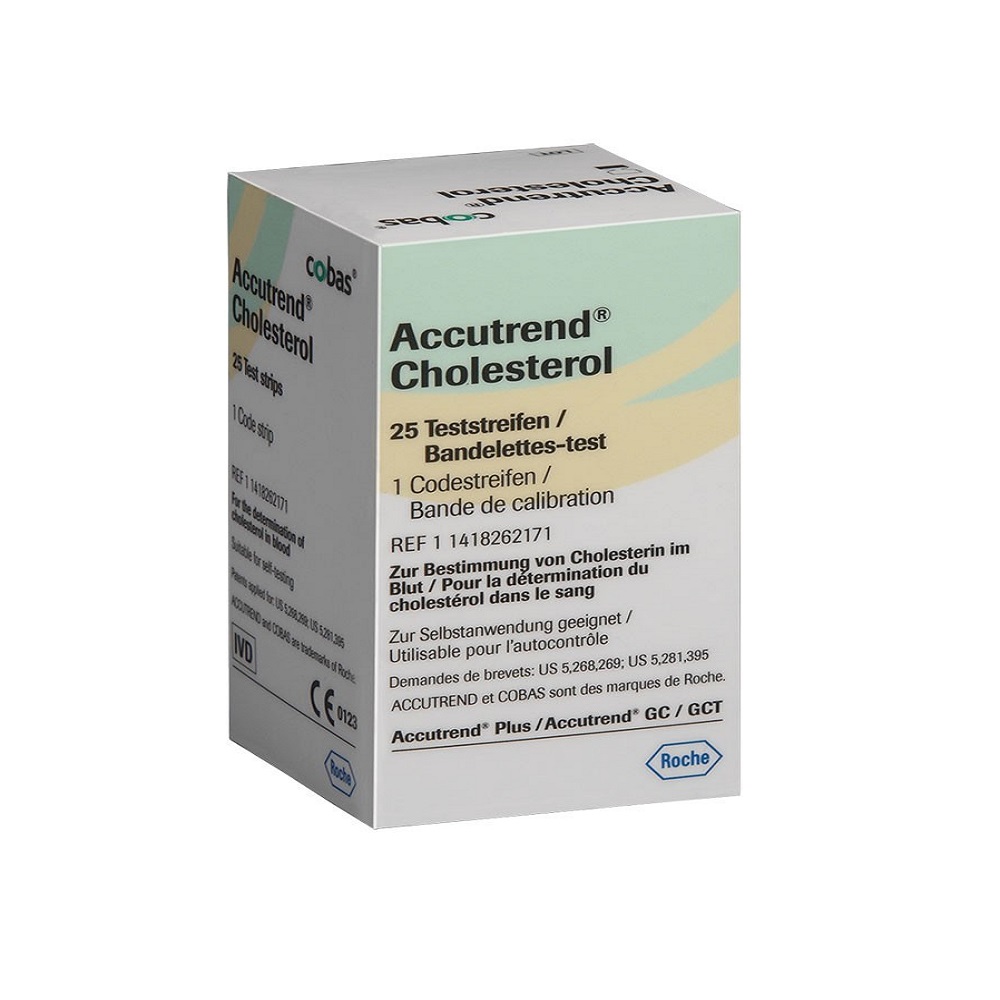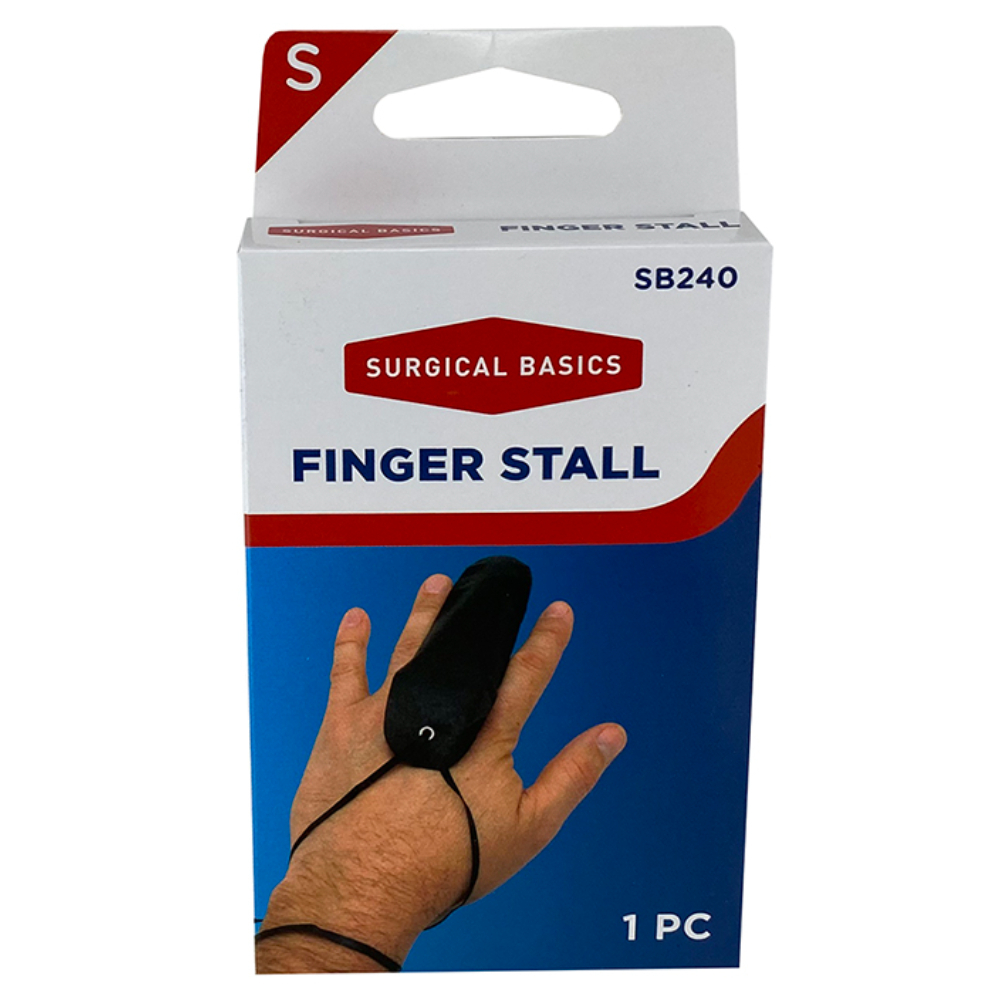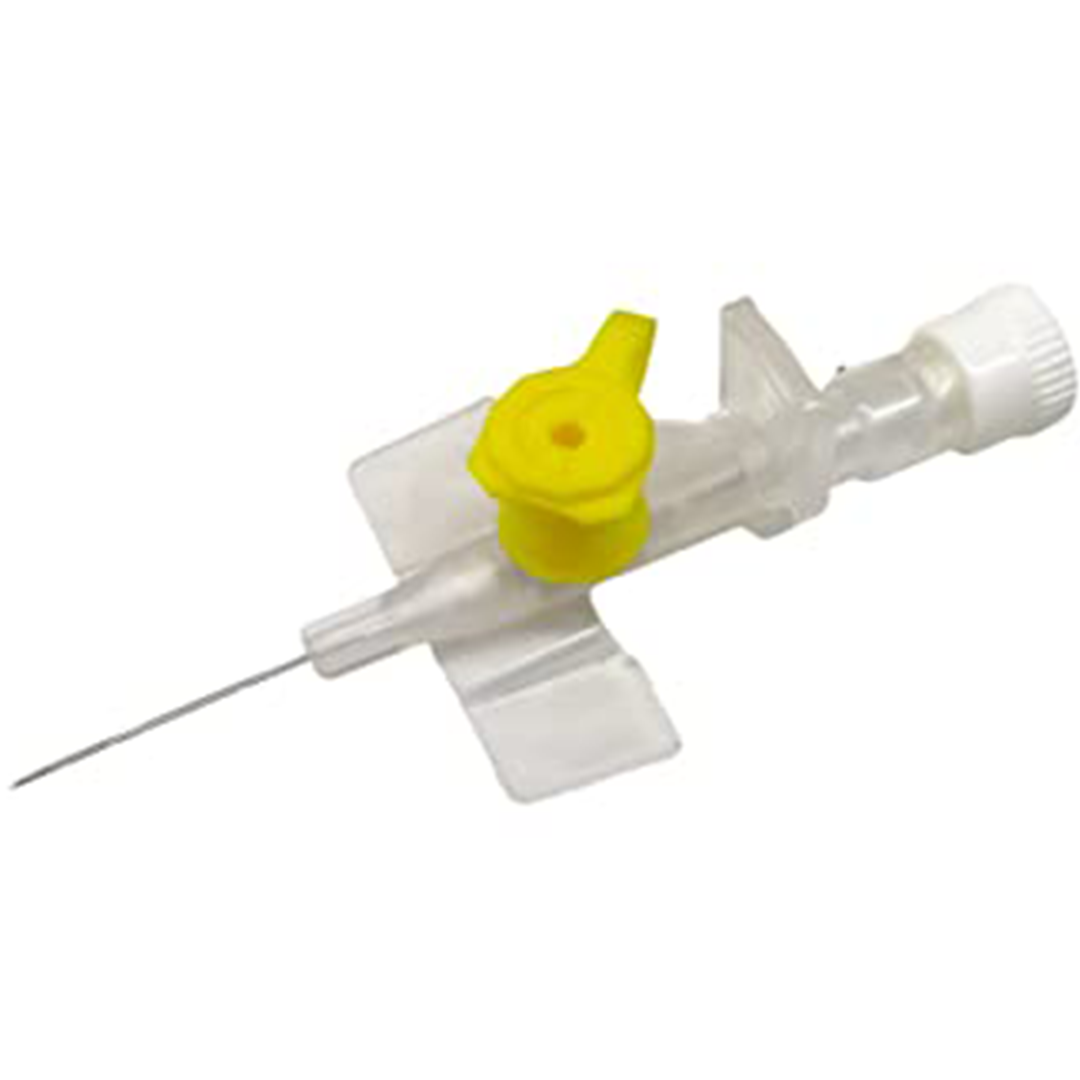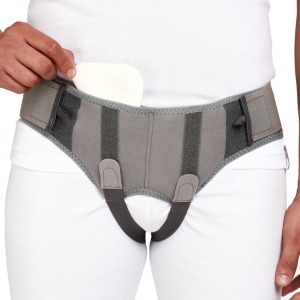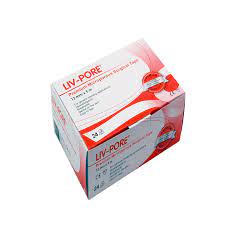I.V CANULLA 24G
$5.50
I.V CANULLA 24G
Out of stock
Description
Description:
An I.V. Cannula, also known as an intravenous cannula, is a medical device used to establish a secure access point into a patient’s vein for the administration of fluids, medications, or blood products. The 24G I.V. Cannula refers to the size of the cannula needle, with 24G indicating a smaller needle size.
Precautions:
1. Only trained healthcare professionals should handle and insert the I.V. cannula.
2. Ensure proper hand hygiene and wear appropriate personal protective equipment (PPE) before the procedure.
3. Follow aseptic techniques to minimize the risk of infection.
4. Verify patient allergies to materials used in the cannula, such as latex or adhesive components.
5. Check the expiration date and integrity of the cannula packaging before use.
6. Use caution when inserting the cannula near fragile veins, such as in pediatric or elderly patients.
Contraindications:
1. Avoid insertion of the I.V. cannula in areas with compromised blood supply, severe inflammation, infection, or burns.
2. In patients with a known hypersensitivity or allergy to the materials present in the cannula, an alternative should be used.
3. Avoid inserting the cannula into an already thrombosed or sclerosed vein.
Warnings:
1. Carefully observe the patient during the procedure for any signs of pain, discomfort, or adverse reactions.
2. If resistance or abnormal resistance is encountered during insertion, the cannula should be withdrawn, and the procedure should be reassessed.
3. Promptly remove the cannula if any signs of infection, infiltration, or extravasation occur.
4. The cannula should be secured adequately to prevent accidental dislodgment.
Restrictions:
1. The 24G I.V. cannula is designed for single-patient use only. Do not reuse or share it between patients.
2. Do not use a cannula if the packaging is damaged or the sterile barrier is compromised.
3. It is not recommended to use the cannula beyond its expiration date.
Usage:
1. Before inserting the I.V. cannula, assess the patient’s veins for suitability and choose an appropriate insertion site.
2. Cleanse the insertion site with an antiseptic solution and allow it to dry.
3. Apply a tourniquet to the patient’s limb and select an appropriate vein.
4. Insert the cannula needle into the vein with a swift, controlled motion, and observe blood flashback to confirm proper placement.
5. Advance the cannula into the vein while withdrawing the needle.
6. Stabilize the cannula and secure it in place using adhesive dressings or securement devices.
7. Connect the cannula to an appropriate I.V. administration set and ensure proper flow and infusion.
8. Regularly monitor the cannula site for any signs of complications, such as infection, infiltration, or phlebitis.



